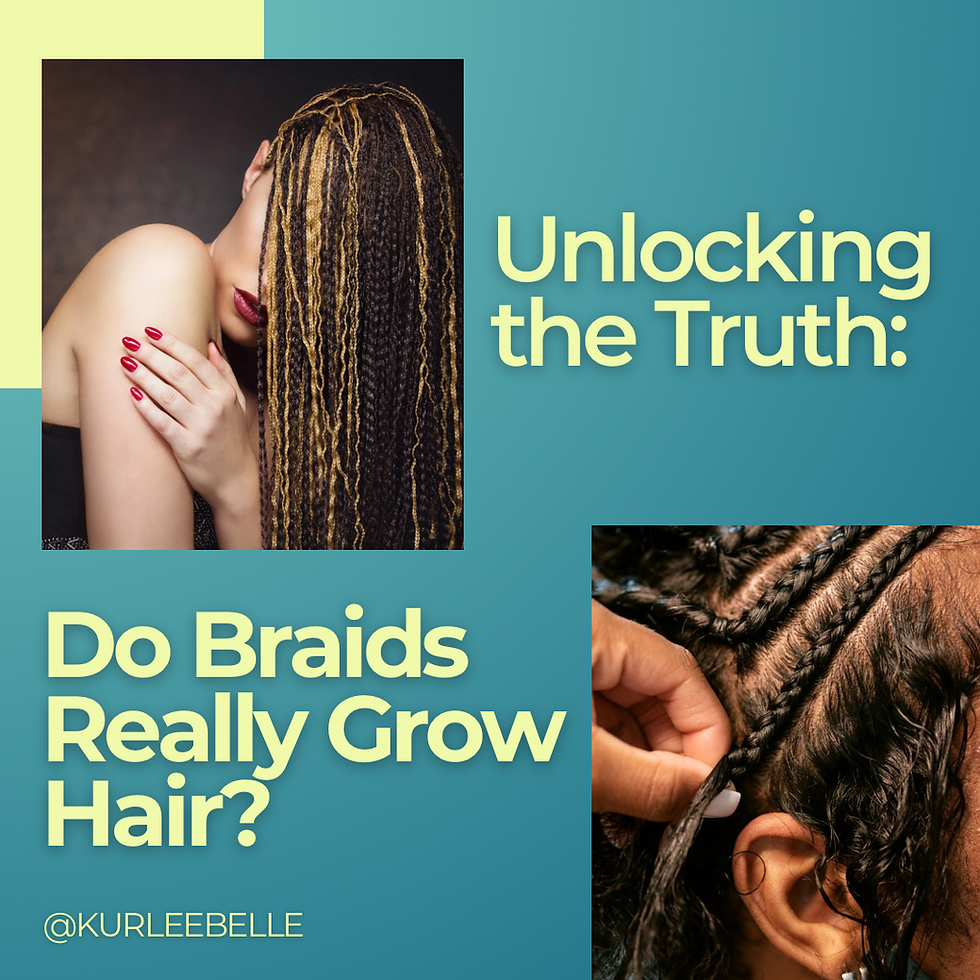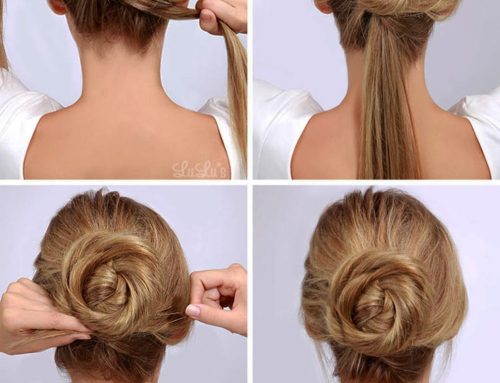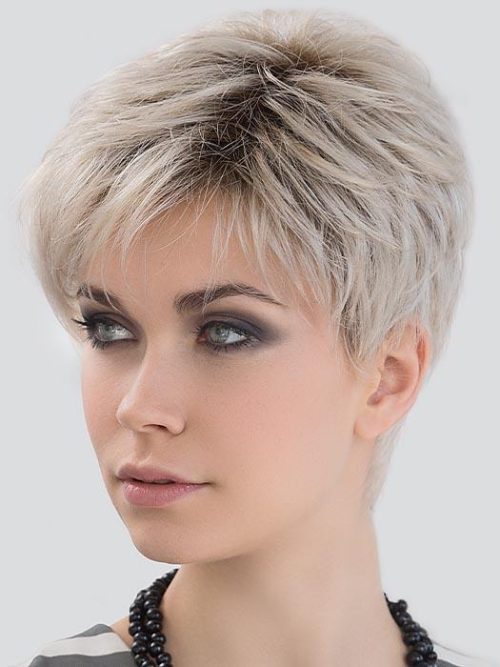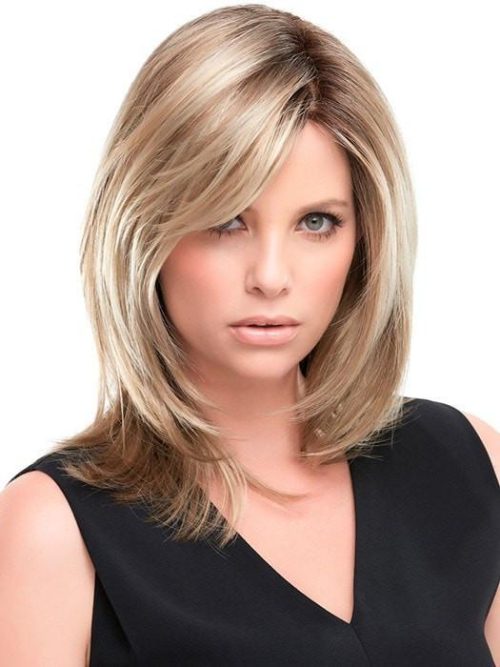Does Braiding Damage Hair? The Truth Behind the Twist
Braids are everywhere—on red carpets, playgrounds, and Instagram feeds. They’re a go-to style for looking cool, keeping hair manageable, or just switching things up. But there’s a question that pops up more than you’d think: Does braiding damage hair? Maybe you’ve heard horror stories about thinning edges or felt that tug on your scalp and wondered if your favorite hairstyle is secretly a villain. Don’t worry—I’ve got you covered. We’re diving deep into this topic, uncovering hidden truths, busting myths, and giving you practical tips to braid smarter. Let’s twist into it!
What Happens to Your Hair When You Braid It?
Braiding isn’t just about looking good—it’s a whole process that affects your hair from root to tip. Imagine your hair as a bunch of tiny ropes. When you braid, you’re weaving those ropes together, which can either protect them or put them under stress, depending on how you do it. Here’s the breakdown:
- Tension Time: Braids pull on your hair. That tug can feel satisfying when it’s snug, but too much tension can strain your roots.
- Protection Mode: Braids tuck your ends away, shielding them from wind, sun, and friction—like a cozy blanket for your strands.
- Moisture Lock: The tight weave can trap natural oils, keeping your hair from drying out. But if you don’t moisturize first, it’s like locking an empty fridge.
So, does this mean braids are good or bad? It’s not that simple. It’s all about how you braid and how you care for your hair while it’s in those twists. Let’s dig into the science and see what’s really going on.
The Science of Braids: Friend or Foe?
Hair isn’t just decoration—it’s a living thing (well, kinda). The part under your scalp is alive, growing from follicles, while the strands you see are dead protein called keratin. Braiding messes with both parts in some surprising ways. Here’s what research tells us:
Traction Alopecia: The Big Bad Wolf?
Ever heard of traction alopecia? It’s hair loss caused by too much pulling, and braids can be a culprit. A 2021 study from PubMed found that frequent tight braiding damages Afro-textured hair, especially around the hairline. The constant tug can yank follicles out of place, leaving bald spots that might not grow back if the damage goes too far.
- Fun Fact: About one-third of African-American women experience traction alopecia at some point, often linked to tight styles like cornrows or box braids. That’s wild, right?
But here’s the kicker: it’s not braiding itself—it’s the tightness and duration. Looser braids? Less risk. Taking them out after a few weeks? Even better.
Breakage and Friction
Braids can cut down on breakage by keeping your ends safe from brushes and heat. But if they’re too tight, the strands rub against each other, weakening them over time. Think of it like a rope fraying under pressure—eventually, it snaps.
Moisture Matters
Braids can lock in moisture, which is awesome for dry hair types. A hairstylist I know swears by this: “Braids are like a shield for your hair’s natural oils,” says Mia Carter, a braid expert with 10 years in the game. But if your scalp’s dry going in, braids won’t magically fix that—they might even hide the problem until it’s worse.

Busting the Myths: What You’ve Heard vs. What’s True
There’s a ton of chatter about braids out there—some true, some totally off. Let’s sort it out:
- Myth #1: Braids Always Cause Hair Loss
Truth: Nope! Only tight, long-term braids do. Loose braids for a short time? You’re golden. - Myth #2: Braiding Makes Hair Grow Faster
Truth: Braids don’t grow hair—they just keep it from breaking off. Your growth happens at the scalp, about half an inch a month, no matter what style you rock. - Myth #3: Synthetic Hair Ruins Your Strands
Truth: Synthetic hair can be harsh if it’s low-quality or you don’t prep your hair first. High-quality stuff, plus a good moisture routine, makes it a non-issue.
So, next time your friend says braids are a hair-destroying monster, you’ve got the facts to set them straight.
Why People Love Braids (And You Might Too!)
Braids aren’t just about hair health—they’re a lifestyle. Here’s why fans can’t get enough:
- Low Maintenance Vibes: Wake up, shake your head, and go. No hour-long detangling sessions.
- Style Flex: From tiny cornrows to chunky box braids, there’s a look for every mood.
- Cultural Roots: Braids carry history—think ancient Africa, where they showed status or tribe. Cool, huh?
But here’s a secret fans don’t always share: braids can be a confidence boost. Ever notice how you stand taller with a fresh set? It’s like armor for your vibe.
The Hidden Risks: What No One Talks About
Most articles skim the surface—tight braids bad, loose braids good. But there’s more to it. Let’s peek behind the curtain at stuff you won’t find in the top Google hits:
Scalp Stress You Can’t See
Tight braids don’t just pull hair—they squeeze your scalp. Over time, this can mess with blood flow to your follicles. Less blood = less nutrients = weaker hair. It’s like starving your roots without realizing it.
- Real-Life Clue: If your scalp feels sore or you get headaches after braiding, that’s a red flag. Ease up!
The Itch Factor
Ever had an itchy scalp under braids? It’s not just annoying—it could mean buildup or irritation. Leaving braids in too long traps sweat and dirt, turning your scalp into a grumpy mess. One braid lover told me she scratched so much she lost hair in patches—yikes!
Chemical Creep
Synthetic braiding hair isn’t always pure. A 2025 Consumer Reports study found heavy metals and VOCs (nasty chemicals) in 100% of tested synthetic braids. These can irritate your scalp or worse—some are linked to cancer with long-term exposure. Not a common talking point, but it’s real.
How to Braid Without Breaking Your Hair
Okay, so braids can damage hair—but they don’t have to. Here’s your game plan to keep your strands happy:
Step 1: Prep Like a Pro
Before you braid, set the stage:
- ✔️ Wash and Condition: Clean hair = less buildup. Use a sulfate-free shampoo and a thick conditioner.
- ✔️ Moisturize: Slather on a leave-in conditioner or oil (coconut or jojoba are MVPs). Dry hair snaps easier.
- ❌ Don’t Braid Wet Hair: Wet strands stretch and break more. Let it air-dry first.
Step 2: Braid Smart
How you braid matters:
- ✔️ Go Loose: Keep tension light, especially at the roots. You should feel snug, not pain.
- ✔️ Size It Right: Smaller braids = less weight, less pull. Jumbo braids look dope but can stress thin hair.
- ❌ Skip the Edges: Don’t braid super tight near your hairline—it’s fragile!
Step 3: Care While You Wear
Maintain those braids:
- ✔️ Scalp TLC: Spray a mix of water and oil (1:1) every few days to keep it hydrated.
- ✔️ Cleanse Lite: Use a damp cloth with witch hazel or a dry shampoo to zap dirt without soaking.
- ❌ No Overstaying: 6-8 weeks max—longer risks matting and breakage.
Step 4: Take ‘Em Out Gently
Removal’s where damage sneaks in:
- ✔️ Snip Ends First: Cut synthetic hair tips to loosen the braid, then unravel slowly.
- ✔️ Detangle Softly: Use your fingers or a wide-tooth comb with conditioner—no yanking!
- ❌ Don’t Rush: Pulling hard rips hair out. Take your time.
Braiding Hacks from Real People
Fans have tricks up their sleeves—here’s what they’ve shared:
- The Silk Scarf Secret: “I wrap my braids in a silk scarf every night,” says Tasha, a braid addict. “No frizz, no breakage—game changer!”
- Oil Spritz: “Mix water, olive oil, and a drop of tea tree in a spray bottle,” suggests Jamal. “Keeps my scalp chill and smells fresh.”
- Break Time: “I go braid-free for a month after every style,” admits Lena. “My hair bounces back stronger.”
These aren’t in every article—real people, real wins.
What the Experts Say
Experts weigh in to keep it legit:
- “Tight braids are like over-tightening a screw—it strips the thread,” says Dr. Poonam Sewani, a hair researcher. “Moderate tension is key.”
- “Moisture’s your best friend with braids,” adds Mia Carter. “Dry hair in braids is a recipe for snaps.”
Their take? Balance is everything—don’t overdo it, and hydrate like your hair’s life depends on it (it kinda does).
Braids vs. Other Styles: A Quick Comparison
Wondering how braids stack up? Here’s a cheat sheet:
| Style | Damage Risk | Maintenance | Protection Level |
|---|---|---|---|
| Braids | Medium (if tight) | Low | High |
| Ponytails | High (tight bands) | Low | Medium |
| Loose Hair | Low (no tension) | High | Low |
| Weaves/Extensions | High (glue/weight) | Medium | High |
Braids win for protection—if you play it smart.
Long-Term Love: Keeping Hair Healthy with Braids
Braids can be a long-term vibe if you treat your hair right. Here’s how to make them a forever friend:
- Rotate Styles: Switch between braids, twists, or loose looks to avoid constant stress on the same spots.
- Feed Your Scalp: Use a growth oil (like castor) weekly—strong roots handle braids better.
- Listen to Your Hair: Shedding more than usual? Scalp tingling? Time for a break.
Think of braids like a workout—you need rest days to recover.
The Latest Scoop: 2025 Research Insights
New studies are dropping fresh info:
- Chemical Alert: That Consumer Reports find on synthetic hair? It’s pushing folks to test brands or go natural. Look for “non-toxic” labels if you’re worried.
- Tension Tech: Researchers are testing tools to measure braid tightness—future braiders might have a gadget to keep it safe.
This stuff’s cutting-edge—most articles haven’t caught up yet.

Your Braiding FAQ: Answered!
Got questions? I’ve got answers:
- Q: Can kids braid safely?
A: Yup, but keep it loose—their scalps are extra sensitive. Think big, fluffy braids. - Q: How long’s too long for braids?
A: Over 8 weeks risks matting and scalp funk. 6 weeks is the sweet spot. - Q: Do braids hurt growth?
A: Nope—growth’s set by your genes and scalp health, not style. Braids just save length.

Let’s Get Personal: My Braid Story
I’ve been a braid fan since middle school—those chunky box braids made me feel unstoppable. But once, I left them in too long (10 weeks—oops), and my edges thinned out. Panic mode! I learned the hard way: care matters more than coolness. Now, I’m all about loose twists and oil spritzes—my hair’s never been happier. What’s your braid tale? Spill it in the comments—I’m all ears!




